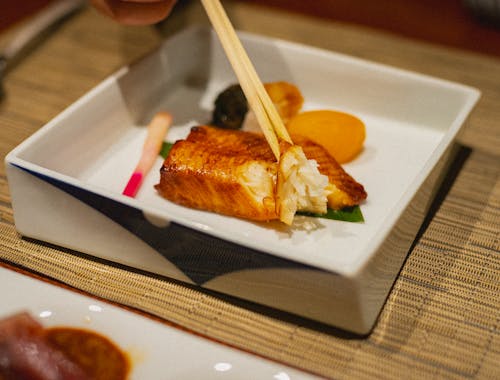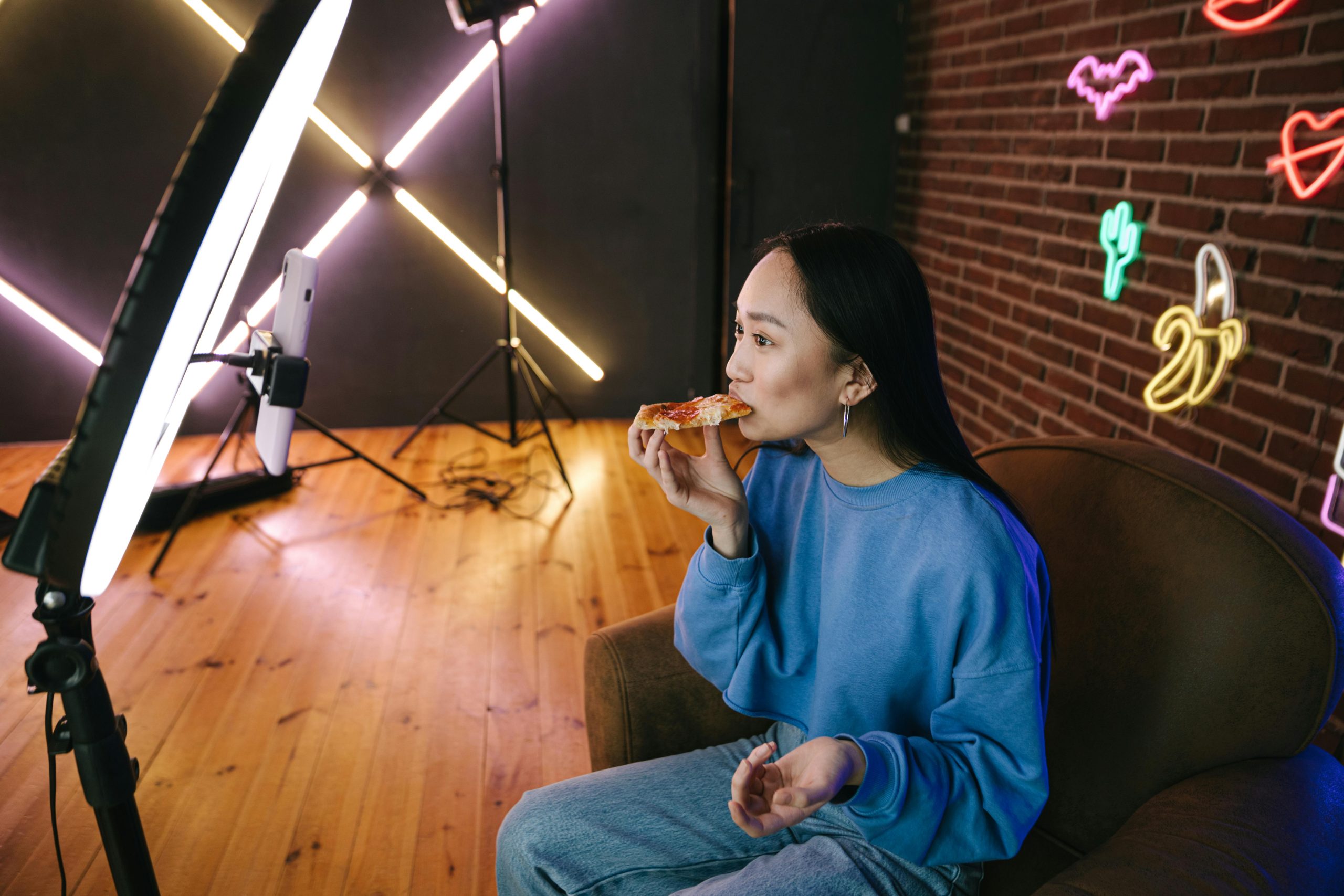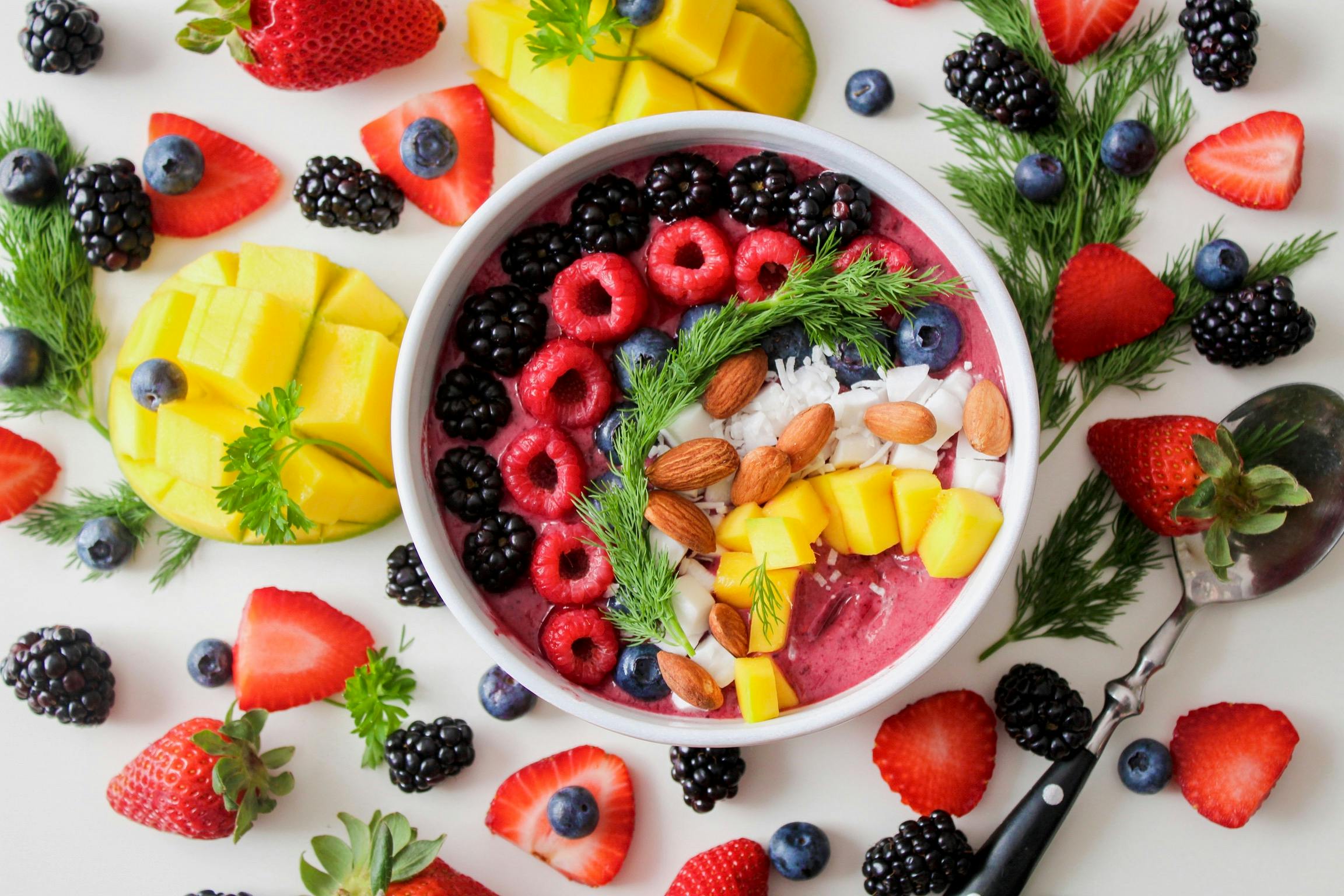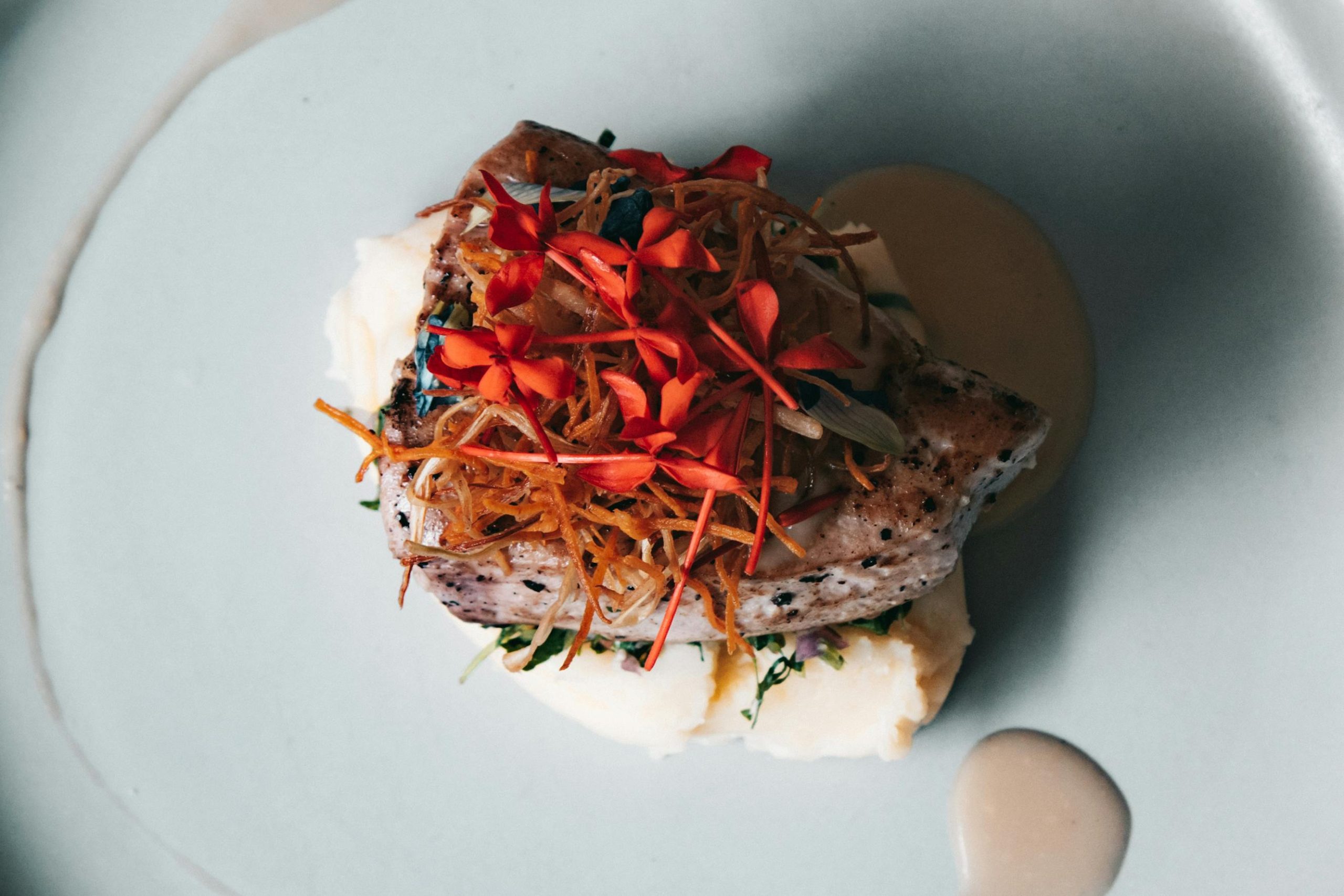In the age of social media, trends evolve quickly, and nowhere is this more evident than in the world of food. TikTok, the short-form video platform that has taken the world by storm, has become a central hub for viral food trends. From viral recipes to unconventional food pairings, TikTok has transformed how we discover, prepare, and consume food. As millions of users create and share content related to food, it’s clear that this platform is reshaping culinary trends, challenging traditional food culture, and even influencing how people dine out. But how exactly are TikTok food trends changing the way we eat, and what does this mean for the future of food?
The Power of TikTok in Food Culture

TikTok’s influence on food trends is hard to ignore. With its massive reach and algorithm-driven content discovery, the platform has introduced a new era of food discovery, where a recipe or dish can go viral in just hours. The app’s short-form video format encourages creativity and experimentation, allowing users to showcase unique recipes or cooking hacks in a way that feels accessible to anyone. As a result, food trends on TikTok spread faster than ever before, and they often reflect the diverse tastes, cultures, and influences of its global user base.
What makes TikTok particularly powerful in shaping food trends is its ability to cater to a wide variety of tastes and dietary preferences. Whether you’re vegan, gluten-free, or a meat lover, there’s always a food trend on TikTok that caters to your specific needs. It’s also a platform that thrives on visual appeal, so it’s no surprise that food trends that are colorful, aesthetically pleasing, and easy to recreate tend to gain traction quickly.
TikTok’s Role in Making Food Trends Go Viral
The viral nature of TikTok content has created a unique ecosystem for food trends to emerge. The app’s algorithm, which pushes content based on engagement and viewer interest, means that popular food trends can be shared with millions of users in a matter of hours. This allows food trends to spread across different demographics, transcending age, location, and cultural boundaries. Recipes and food hacks can go from being a niche curiosity to a global phenomenon in an instant.
One of the most well-known examples of this phenomenon is the whipped coffee trend, which took TikTok by storm in 2020. Also known as “Dalgona coffee,” this simple yet visually striking coffee drink became a sensation during the early days of the COVID-19 pandemic. The viral trend, which involved whipping instant coffee, sugar, and milk into a frothy cloud and serving it over a glass of iced milk, was easy to replicate and visually stunning. TikTok users across the world began recreating and personalizing the recipe, sharing their own versions with their followers. Within weeks, Dalgona coffee became a global trend, with countless users and cafes adopting it into their menus.
Unconventional Food Pairings and Trends
TikTok has become a playground for culinary experimentation, with many users showcasing unconventional food pairings that challenge traditional flavor profiles. From combining savory and sweet ingredients to blending cultures in a single dish, the platform encourages creativity and boldness in the kitchen. These out-of-the-box combinations can often spark a sense of curiosity and excitement around food, prompting viewers to try something they may not have considered otherwise.
One viral trend that gained attention for its unexpected combination was the “grilled cheese and pickle” sandwich. While the combination of cheese and pickles has existed in some form for years, TikTok users brought new life to the pairing by experimenting with different types of cheeses, breads, and pickles. The trend not only sparked debates about the best grilled cheese variations but also encouraged viewers to explore new ways of thinking about classic comfort foods.
Another example of TikTok’s influence on food pairing is the viral “ramen with butter and egg” trend. This trend, which took off in 2020, involved adding butter and a soft-boiled egg to instant ramen noodles. While it may seem odd to some, the combination of rich, creamy butter with the savory noodles and egg was a hit with TikTok users who praised it for its comforting flavors. The simplicity and cost-effectiveness of the recipe made it accessible to a wide audience, contributing to its viral success.

The Rise of Food Challenges and DIY Kits
TikTok has also popularized food challenges, encouraging users to create their own takes on viral recipes or try challenges that test their culinary skills. These challenges often come with a sense of fun and community, as users compete to create the best version of a dish or complete a food-related task in the shortest amount of time.
One of the most notable food challenges on TikTok was the “Tortilla Challenge,” which involved filling a tortilla with various ingredients and folding it to create a layered snack. The trend became a hit due to its simplicity and the potential for customization, with users adding everything from cheese and salsa to avocados and meats. The challenge gained massive popularity, leading to countless variations and remixes of the original idea.
In addition to challenges, TikTok has also popularized DIY food kits and “make-at-home” recipes. With many users spending more time at home during the pandemic, there was a surge in interest for recipes that could be made with minimal ingredients and simple steps. TikTok users embraced recipes like the “cloud bread” or “cookie dough” made with just a few ingredients. These easy-to-follow recipes, often presented in quick, step-by-step videos, made cooking accessible to anyone, regardless of skill level.
The Influence of TikTok on Food Brands and Restaurants
The impact of TikTok food trends is not limited to home cooks—it has also extended to food brands and restaurants. Many food companies have recognized the power of TikTok to boost their visibility and have begun collaborating with influencers or creating branded content to tap into the app’s massive user base. This shift has led to the creation of new food products designed specifically for TikTok audiences, from limited-edition snacks to collaboration products with influencers.
Restaurants and cafes, too, have jumped on the TikTok bandwagon by incorporating viral trends into their menus. For instance, the viral “cereal milk” trend from New York’s Momofuku Milk Bar, which was popularized on TikTok, led many cafes to introduce their own versions of this sweet, nostalgic drink. Similarly, as TikTok trends have influenced the way people think about food, many restaurants have started to market their own TikTok-worthy dishes to attract the younger, trend-savvy crowd.
The Future of Food Trends in the TikTok Era

As TikTok continues to shape the food landscape, it’s clear that the app has revolutionized how food trends emerge and spread. What once took years or even decades to become mainstream now happens in the blink of an eye, thanks to the global reach of TikTok’s user base. The rapid rise of viral food trends shows no signs of slowing down, and the influence of social media on our eating habits is only set to grow.
As we look to the future, it’s likely that TikTok will continue to serve as a platform for culinary innovation and experimentation, with new trends constantly emerging. Whether it’s a viral recipe, a quirky food pairing, or a food challenge, TikTok has created an environment where food is not just something we consume, but a cultural phenomenon that brings people together. For better or worse, TikTok is reshaping what we eat, how we eat it, and how we share our culinary experiences with the world.





